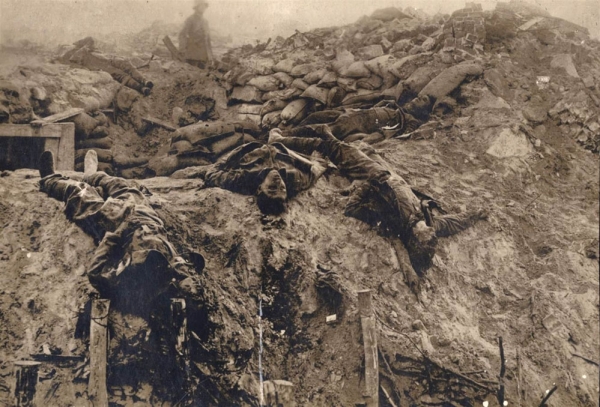World War One - Trench Warfare
 An informative article from World War I concerning the doctors of all the combatant nations and how they dealt with the filthy conditions of stagnant warfare and all the different sorts of wounds that were created as a result of this very different war. An article by the admired British war correspondent, Ellis Ashmead-Bartlett (1881-1931), concerning the unique aspects of the Great War which combined to make that the sort of war that had never been seen before: (1881-1931), concerning the unique aspects of the Great War which combined to make that the sort of war that had never been seen before: "Everything has changed; uniforms, weapons, methods, tactics. Cavalry had been rendered obsolete by trenches, machine guns and modern artillery; untrained soldiers proved useless, special battalions were needed on both sides to fight this particular kind of war that, in no way, resembled the battles your father or grand-fathers had once fought.
A good read. This World War One correspondence makes for a wonderful read and it gives a very lucid picture of what the war must have been like once both sides had resigned themselves to trench warfare. The letter was dated October 8, 1914 and the British officer who composed it makes clear his sense that no modern war had ever been fought in this queer manner before. This will give the viewer a good understanding of what the trenches looked like in the autumn of 1914, before the adjoining communication lines were dug and the years of rain and artillery would begin to create that landscape so famously depicted by the photographers, painters and writers of the First World War. In the distance beyond the haystack, the opposing German trenches can be seen. Here is a collection of French phrases and military vocabulary terms uttered in the combat zones of W.W. I. Translated expressions include the standard commands as well as such bon mots as "shell the fort", "the walls are shattered", "the place is evacuated" and for all those World War Two re-enactors, "Retreat!".
Click here to read about a case of French Friendly-Fire... |
MORE ARTICLES >>> PAGE: * 1 * 2 * 3 * 4 * 5 * |
|